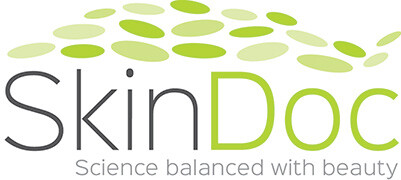
The Infuence of Social Media on Acne Treatment
The Influence of Social Media on Acne Treatment
Social media platform are increasing used to access information for acne in particular YouTube. Results of a questionnaire on the use of social media on the management of acne found
- 57% used YouTube
- 37% used Pinterest
- 56% used Instagram
- 19% used Facebook
- 9% used Twitter
- 7% used Snapchat
Using social media 53% had minimal improvement, 40% no improvement and less than 7% and significant improvement. The study found there was a high prevalence of social media-influenced acne treatment advice among young women, adolescents and young adults.
Most treatment decisions based on social media recommendations do not align with the AAD (American Academy of Dermatologists) guidelines. Numerous social media users incorporated exercise and dietary supplements in the management of their acne. Published guidelines do not recommend these factors which would lead to major positive changes in the management of acne. There is limited evidence to suggest high GI diets and dairy consumption makes acne worst.
Social media recommends oral supplements such as probiotics, vitamins and fish oils. The current evidence-based guidelines state there is not enough evidence to support the use of anti-oxidants, probiotics or fish oil for acne.
This highlights the high presence of misinformation in social media for a large vulnerable group of people who rely on social media for accurate information.
68% of respondents who use social media for acne did eventually seek medical advice. Only 7% of social media users reported significant improvement in their acne.
At SkinDoc we advise our followers to seek evidence-based medical advice. First seek the advice from your local doctor. If your acne does not improve see your dermatologist.
The above information is from Paediatric Dermatology ‘Influence of Social Media on Acne Treatment’ by Yousef, Hagen, Delaney et al (ahead of print).
